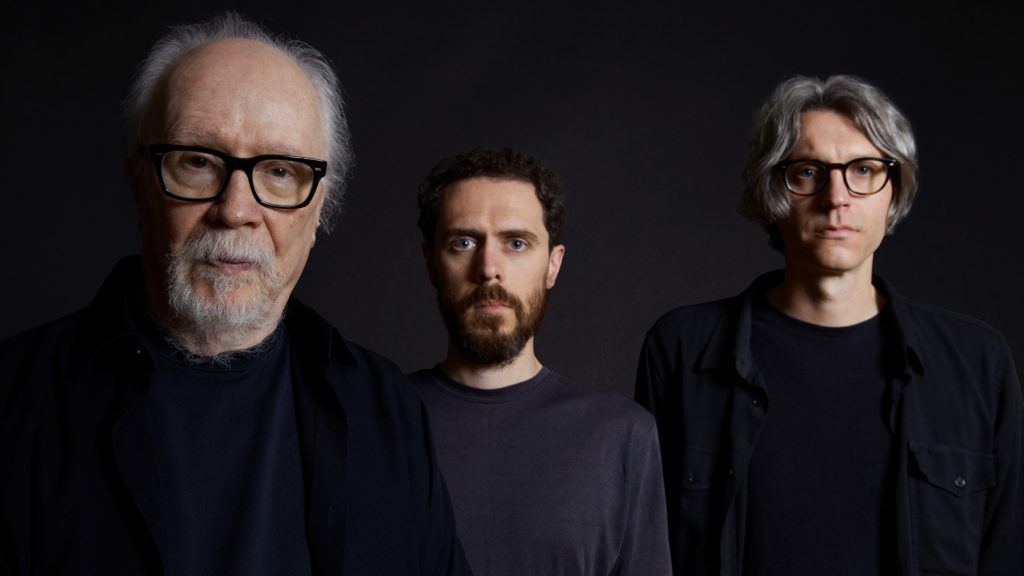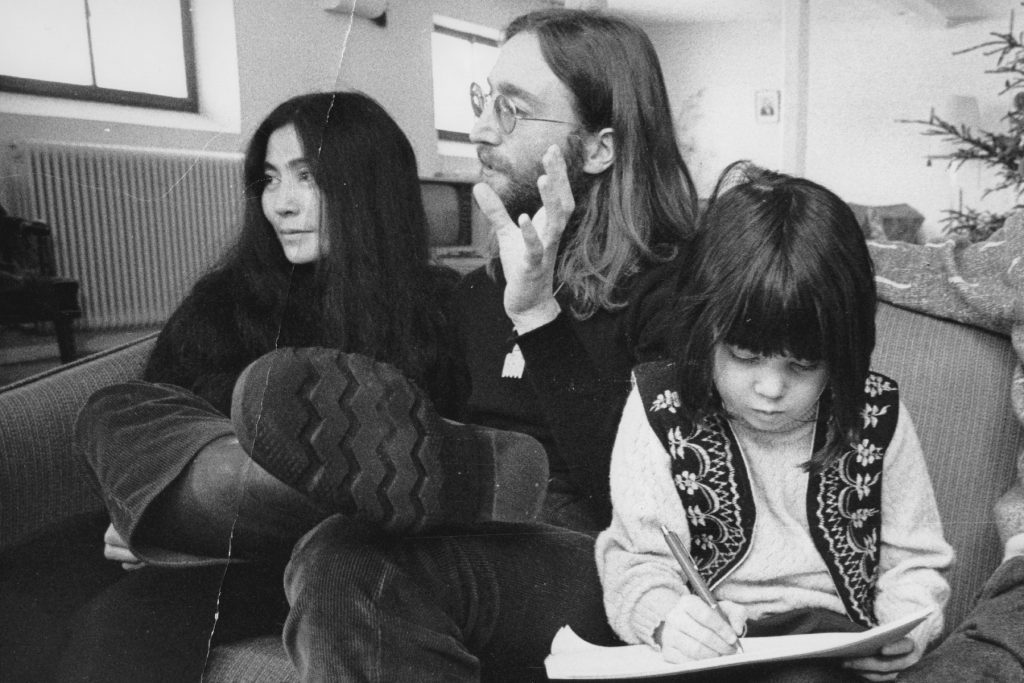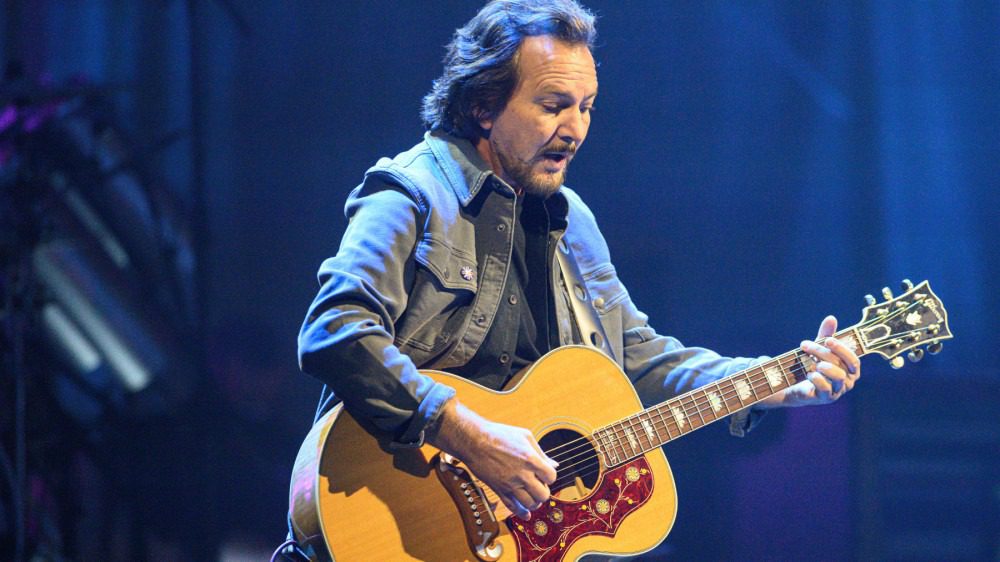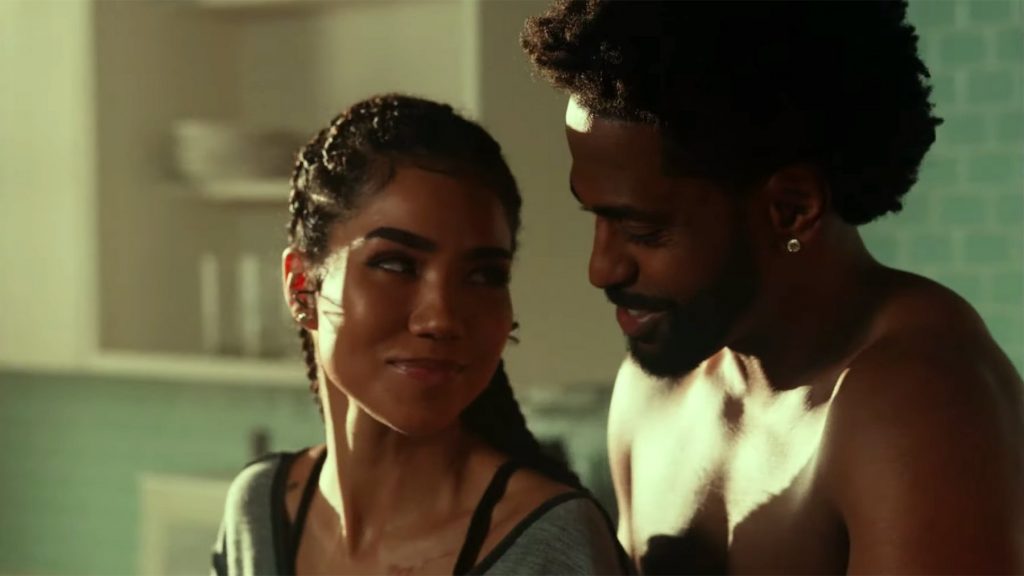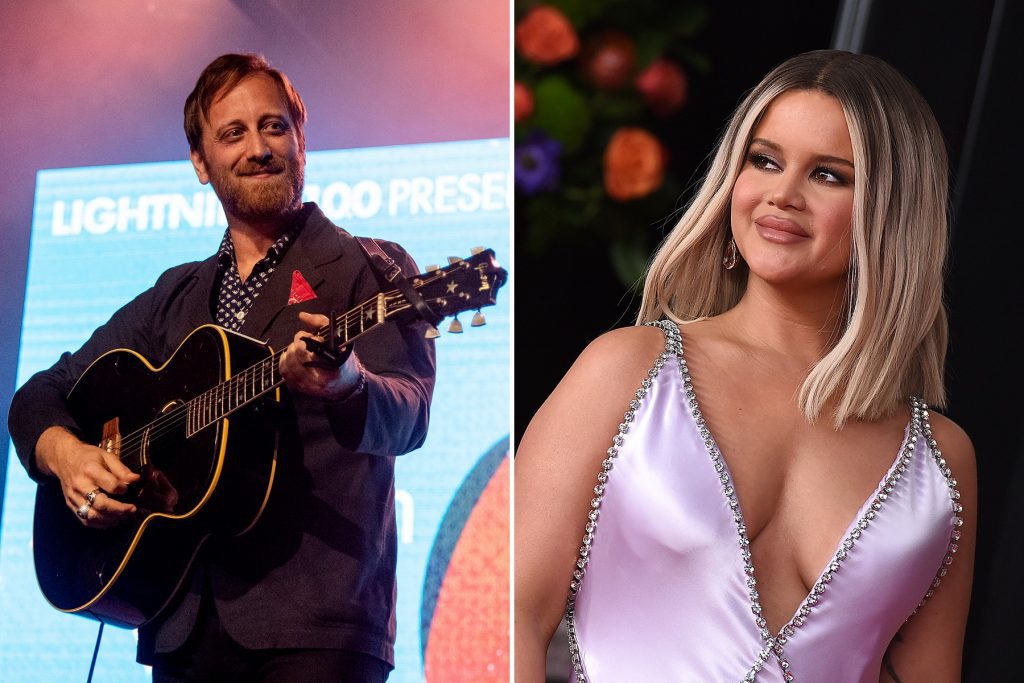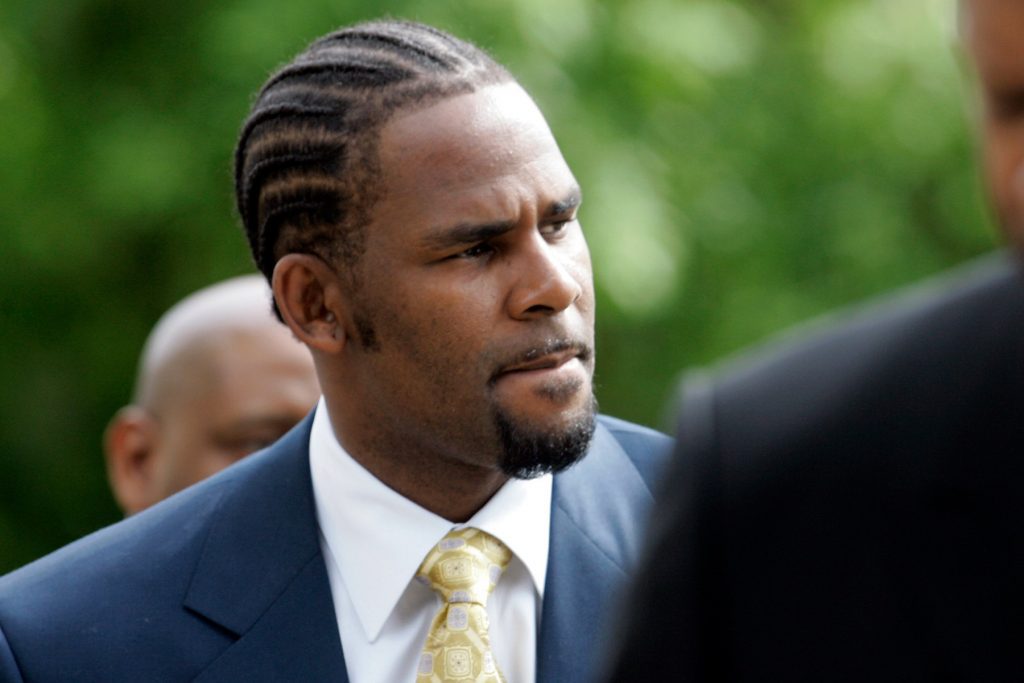
He Helped Acquit R. Kelly in 2008. Now He’s ‘Happy That Justice Was Served’
In 2008, Jamon Mytty was picked as foreman of the jury that would rule whether R. Kelly was guilty of child pornography charges. When it came time to deliberate, Mytty, a first-time juror, recalls thinking he didn’t “know how to run” the proceedings. He decided to have the group vote once an hour so he could track shifting opinions.
The trial hinged around a 27-minute sex tape Kelly had allegedly made with his teenage goddaughter. Initially, the group jury was divided about the clip: “It was probably six-six, seven-five, fairly evenly split amongst guilty and non-guilty,” Mytty remembers now. But, he continues, “when we realized that we had to key in on the fact of, ‘Is the person in this video the alleged victim?,’ we realized we couldn’t say that beyond a reasonable doubt. It pretty quickly moved to an unanimous decision.” Kelly was acquitted.
Thirteen years later, a Brooklyn jury ruled that the singer was guilty of racketeering and multiple violations of the Mann act after a six-week trial. While the case Mytty was involved in was narrow in scope — involving one incident on one videotape — the Brooklyn trial was sprawling, showing that the singer had abused multiple women, girls and boys over several decades. The woman at the center of the 2008 case refused to testify, leaving a gaping hole in the middle of the prosecution’s argument and a key reason, jurors would later say, in Kelly’s acquittal. But the Brooklyn trial incorporated testimony from close to a dozen victims, including several who were underaged at the time they said they suffered Kelly’s abuse.
blogherads.adq.push(function () {
blogherads
.defineSlot( ‘medrec’, ‘gpt-dsk-tab-article-inbody1-uid0’ )
.setTargeting( ‘pos’, [“mid-article”,”mid”,”in-article1″,”mid-article1″] )
.setSubAdUnitPath(“music//article//inbody1”)
.addSize([[300,250],[620,350],[2,2],[3,3],[2,4],[4,2]])
;
});
Mytty said he was feeling “mixed emotions” about the recent verdict — “definitely happy that justice was served and there’s some closure for the victims,” but “sad that there were so many victims and this had gone on for so long.”
Although he only followed the new trial “pretty casually,” new details made him look back at the 2008 proceedings with “some frustration.” “It was very isolated to that situation — the video and the victim in that video,” Mytty says. “Everything else going around in [Kelly’s] world was not presented as evidence in our trial. There were no other victims that came forward or other marriages presented to us.”
“I can’t judge lawyers back in the original trial, but it makes you wonder from my vantage point, could that trial have been different?” he adds. “Could more victim situations have been called out? What are the reasons they weren’t at the time?”
The 2008 trial faced a major obstacle from the get-go. The alleged victim in the video told a grand jury that she wasn’t in it; then she and her parents refused to testify. (In the recent trial, prosecutors accused Kelly of paying off or intimidating potential witnesses before his 2008 court appearance.) “You had a group of people that could’ve been distant relatives of the alleged victim testifying it was her” in the clip, Mytty explains. “You had people close to Mr. Kelly saying it wasn’t her. You had a mixed bag of witnesses. If it had just been the victim testifying or even her parents, more direct relatives, I think that might have had an impact on the reasonable doubt standard.”
Without that, the jury tried to determine if it could “agree that the alleged victim was who they said it was.” Ultimately, they were unable to do so. “We never spent a lot of time deliberating if it was Mr. Kelly in the video,” Mytty says. “I don’t want to speak for the other jurors, but if that was the only question we had to answer, I’m pretty sure we would have all agreed that it was him in that video.”
blogherads.adq.push(function () {
blogherads
.defineSlot( ‘medrec’, ‘gpt-dsk-tab-article-inbody2-uid1’ )
.setTargeting( ‘pos’, [“mid-article2″,”mid”,”in-article2″,”mid-article”] )
.setSubAdUnitPath(“music//article//inbody2”)
.addSize([[300,250],[300,251],[620,350],[2,4],[4,2],[3,3]])
.setLazyLoadMultiplier(2)
;
});
Part of the reason that the prosecution was able to bring so much firepower to bear in the recent case was its use of the racketeering charge, which allowed attorneys to present evidence of potential crimes even if they took place three decades ago. “I’m not a legal expert by any means, but it certainly seemed like choosing that path allowed them to open it up and create a lot of flexibility for the prosecution,” Mytty says.
The government argued that Kelly was the head of an enterprise — consisting of security guards, runners, drivers, assistants, entourage members, accountants, and more — that helped him abuse victims. That meant the prosecution was able to bring close to four dozen witnesses, far more than the 14 in 2008, to help show how Kelly’s network of accomplices aided him for decades. The prosecution laid out how they arranged travel plans for his underaged victims, kept them under surveillance, and even bribed a government employee to help Kelly marry an underaged Aaliyah (who worried that she was pregnant, which would have made the singer susceptible to charges of statutory rape.) The prosecution’s final statement was accompanied by a visual aid out of a mafia movie: A poster board with Kelly’s picture at the center of it and the photos of all his helpers and associates arrayed around him.
Another key difference between the 2008 case and the recent trial likely involved the rise of the #MeToo movement, which helped drive a nationwide conversation about sexual assault and harassment, and led to the downfall of a slew of powerful abusers, including Harvey Weinstein and Matt Lauer. In a climate where more women’s horror stories were being believed, more appeared willing to share those stories with the public — a number of them accused Kelly of abuse in the multi-part TV series Surviving R. Kelly.
And many of them testified at the Brooklyn trial as well, buttressing an argument in a way the prosecution was unable to in 2008. Jerhonda Pace said she started having sex with Kelly when she was 16; she told the jury that the singer told her “to tell everyone I was 19 and to act 21.” Another woman who went by Stephanie said she heard Kelly say he liked “young girls.” A woman identified as Jane said that Kelly hit her and gave her herpes. (The jury found that Kelly committed crimes against all three victims.) “It was a much different case, many more victims, a lot of them came forward and testified,” Mytty says.
blogherads.adq.push(function () {
blogherads
.defineSlot( ‘medrec’, ‘gpt-dsk-tab-inbodyX-uid2’ )
.setTargeting( ‘pos’, [“mid”,”mid-articleX”,”in-articleX”,”mid-article”] )
.setSubAdUnitPath(“music//article//inbodyX”)
.addSize([[300,250],[300,251],[3,3],[620,350]])
.setLazyLoadMultiplier(2)
;
});
Although Kelly was acquitted in 2008, Mytty was still taken aback at “the number of musician celebrities that collaborated with him” in the years following that case. “I was surprised he still had some level of participation or success in the music industry even after that first trial,” he adds. “Would that happen in today’s society? Maybe not.”
